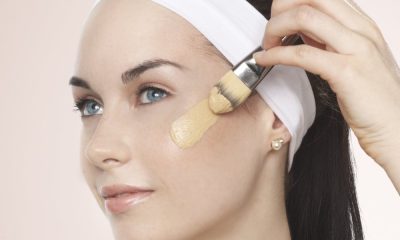Chemical peels are popular treatments which can help to improve the look of the skin. They are often used for the reduction of fine lines and wrinkles that appear around the mouth or under the eyes. They can also affect wrinkles associated with sun damage or the aging process that appear elsewhere on the body. Other reasons why skin treatments are accused include for the treatment of acne, reduction in the appearance of scars and the reduction of dark spots, such as freckles and melasma.
When you have a chemical peel, a solution is going to be applied to your skin and it will soak in over the course of time. Between 1 and 14 days later, the skin will peel off of your body where the chemicals were applied. Although the chemical peel is actually destroying the skin, it is doing so in a controlled way so that benefits are available. The different types of chemicals that are used for skin treatment are often referred to as wounding agents or exfoliating agents. There are a few different types of skin treatments that are available on the market. They are usually classified by the depth of the reaction. Here are those basic types of skin treatments.
Superficial – This is a mild form of chemical peel that is often done using a mild acid, such as glycolic acid. It may also be done with dry ice. It does the least harm to the body and it is usually beneficial for any skin type.
Medium – Medium chemical peels use other types of acid that are slightly stronger to penetrate more deeply than the depth of a superficial peel. In essence, a medium skin treatment is producing a second-degree burn of your skin. The most common peeling agent used for a medium chemical peel is Trichloroacetic acid (TCA). Medium chemical peels may also be done in several steps using other peeling agents, after which, TCA will be applied.
Deep – Like a medium chemical peel, a deep peel also produces second-degree burns of the skin where the chemical is applied. It penetrates deeply into the outer layers of skin to produce a more profound effect. In most cases, deep skin treatments are only done on the face. The chemical that is used for this type of peel is phenol. One of the issues that may be associated with a deep chemical peel is hypopigmentation, or a lightening of the skin. That is why it is not typically done on darker skinned people.
Your doctor will discuss the various options that are open to you, depending upon your circumstances the condition that is being treated. There is always a risk that is associated with skin treatments, so this will also be discussed by your physician. Preparation of the skin is necessary, typically for several weeks before the peel takes place. You also need to be cautious after you have a skin treatment, because your skin may be more sensitive to the effects of UV radiation. It is a common procedure and can have many beneficial effects for those who are willing to undergo it.























